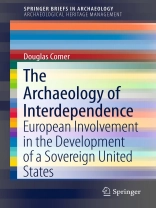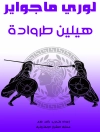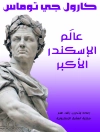The publication explores the ways in which archaeological research can inform us about the manner and motives of European involvement in the development of a sovereign United States. The five chapters focus on different archaeological sites (four terrestrial sites) and each consider the special ways in which archaeology can contribute to our understanding of the cultural dynamics that set the historic course of events in motion that culminated in United States sovereignty. An introduction and conclusion examine how the material culture that is the central focus of archaeological research should be preserved, managed, and interpreted.
While much is known through historical documents, this volume seeks to enrich, modify, and challenge the written record by attention to the archaeological remains. The scale of analysis ranges from the artifact through the site to the landscape. Chapters address the changing relationships between specific European countries and the United States as indicated by the presence of artifacts or types of artifacts (e.g., weapons, domestic, architectural) made or traded by other countries during different time periods; an analysis of “space syntax” seen at battlefields or fortifications; the importance of conceptually reconstructing terrain crossed by troops or at battlefields. The Archaeology of Interdependence: European Involvement in the Development of a Sovereign United States presents innovative investigations of what material culture at all scales might tell us about the political, economic, or ideological relationships among cultures that corroborates, contradicts, or enriches the historic record.
Über den Autor
Douglas Comer has conducted archaeological heritage management projects around the world as Principal of Cultural Site Research and Management. He is Co-President of ICAHM. Dr. Comer is a specialist in the use of aerial and satellite images and GIS in archaeological research and resource management.
A former Fulbright scholar in Thailand in cultural resource management, he is the author of Ritual Ground: Bent’s Old Fort, World Formation, and the Annexation of the Southwest (University of California Press, 1996), as well as many articles dealing with archaeological heritage management and remote sensing technologies.












